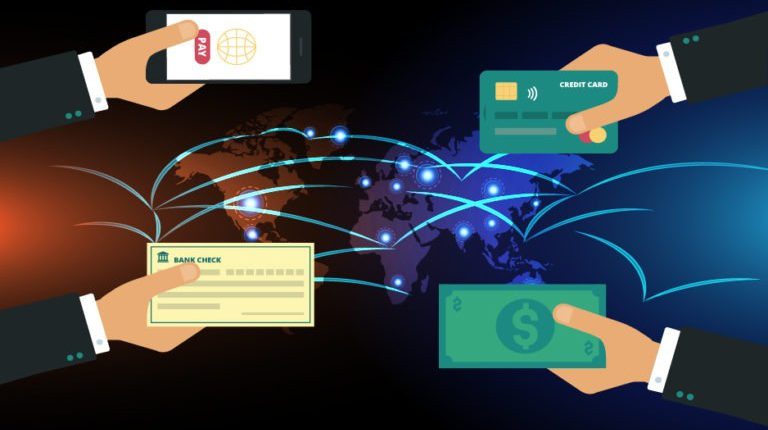Challenges with cross border payment data

Challenges in cross-border payment data management
In an increasingly interconnected world, cross-border transactions have become the norm rather than the exception. With the rise of e-commerce and global trade, businesses of all sizes are engaging in transactions with partners, customers, and suppliers from around the world. While this international expansion offers tremendous growth opportunities, it also presents significant challenges in managing cross-border payment data. In this article, we’ll explore the complexities and hurdles businesses face when dealing with payment data across different countries and payment providers.
1. Currency Conversion Complexities
One of the most apparent challenges in cross-border payment data management is dealing with multiple currencies. When a business operates in different countries, it needs to accept payments in various currencies. Converting these currencies accurately and at competitive exchange rates can be a complex task. Exchange rate fluctuations can significantly impact the value of transactions, affecting revenue and profitability. Moreover, businesses must track and report these currency conversions accurately for financial and tax purposes.
2. Regulatory Compliance
Another significant challenge is navigating the web of international regulations governing cross-border transactions. Different countries have varying rules and requirements for cross-border payments, including anti-money laundering (AML) regulations, Know Your Customer (KYC) requirements, and tax laws. Ensuring compliance with these regulations can be a daunting task, and non-compliance can result in hefty fines and reputational damage. The General Data Protection Regulation (GDPR) in the European Union adds another layer of complexity when handling customer data across borders.
3. Data Privacy and Security
The importance of data privacy and security cannot be overstated when managing cross-border payment data. Different countries have different data protection laws and standards, and businesses must ensure that customer data is handled in compliance with these regulations. Data breaches can lead to severe consequences, including legal actions, loss of trust, and financial losses. Safeguarding sensitive payment data becomes even more critical when it crosses international borders.

4. Diverse Payment Methods
Cross-border transactions involve diverse payment methods, ranging from credit cards and digital wallets to bank transfers and local payment systems. Each payment method has its own set of challenges, including processing fees, settlement times, and fraud risks. Businesses must adapt to the preferences of customers in different regions, which may require integrating multiple payment gateways and systems.
5. Data Consistency and Integration
Maintaining data consistency and integration across multiple payment providers and platforms can be a logistical nightmare. Businesses often use different payment providers in different regions to optimize costs and improve customer experience. However, this can result in fragmented data sets, making it challenging to gain a unified view of transaction data. Integration issues can hinder accurate reporting, reconciliation, and financial analysis.
Conclusion
Cross-border payment data management is a complex and multifaceted challenge that businesses face in today’s global economy. To overcome these challenges, organizations must invest in robust payment data management systems, implement stringent data security measures, stay informed about evolving regulations, and maintain a proactive approach to currency conversion and risk management.
In an era where cross-border transactions are the lifeblood of international commerce, addressing these challenges effectively is not just a matter of compliance but also a competitive advantage. Businesses that can navigate the complexities of cross-border payment data management will be better positioned to capitalize on global opportunities while mitigating risks effectively.